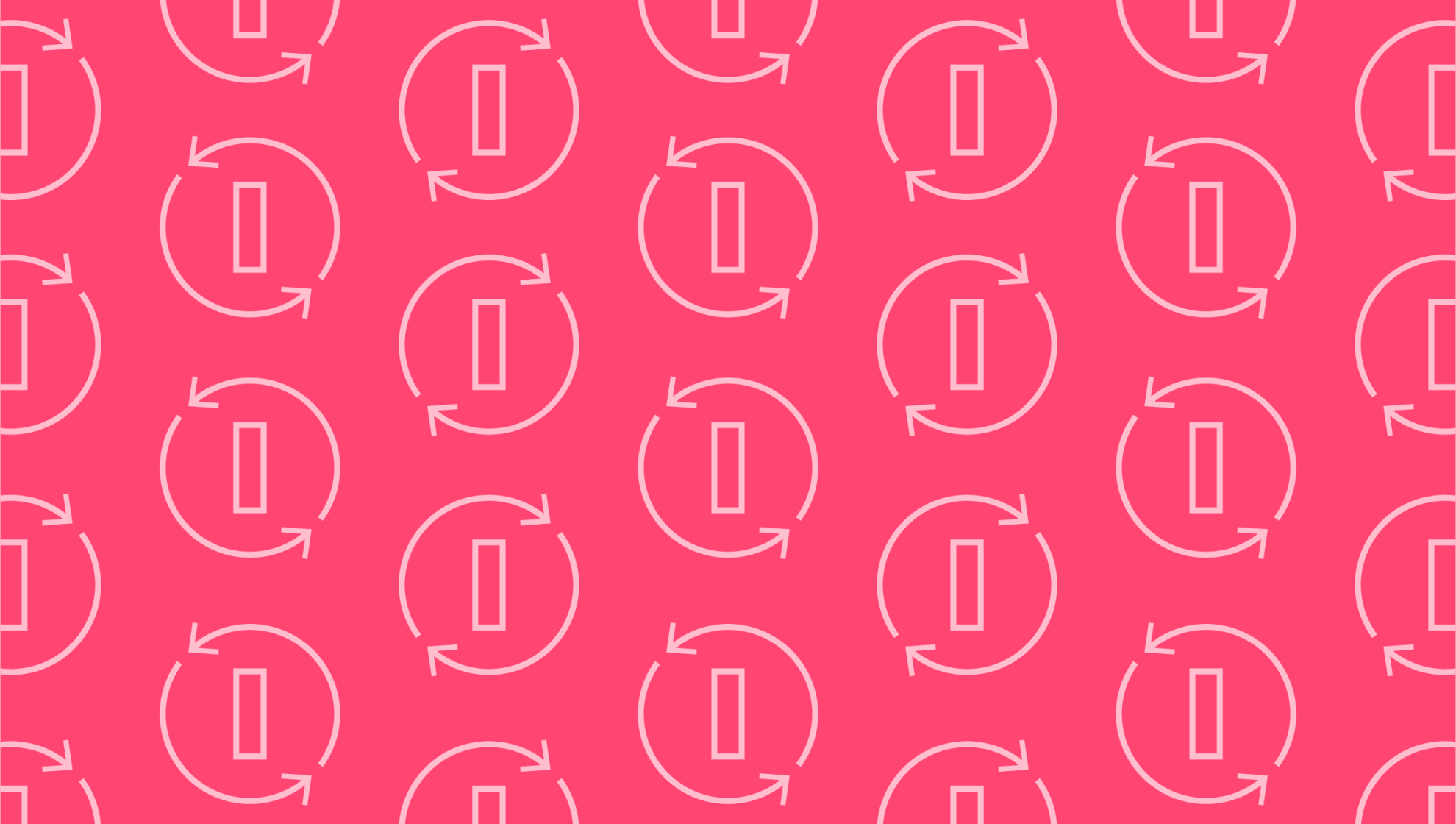
Is it Difficult to Set Up a Direct Debit?
Last editedJan 20232 min read
Direct Debit is a cost-effective way for a business to collect payments from customers. It’s fairly straightforward to set up Direct Debit paymentsfor customers, however, it does require some paperwork and the completion of several steps.
In this post, we’ll explain what Direct Debit is, how to set it up as a small business, and discuss some of the benefits it offers.
What is Direct Debit?
Direct Debits are pull-based payments, meaning the business is in control of the amount and frequency of the payment. To allow a business to take the payment in this way, a customer must sign an authorization form. This effectively gives the business permission to pull payments directly from the customer’s bank account.
Compared to other payment methods, Direct Debits offer a cheap and efficient alternative for collecting payments from customers.
How can businesses use Direct Debits?
As Direct Debits are flexible and don’t have to be set up for a fixed amount and date, businesses can use Direct Debits to collect one-off payments of various amounts. However, often businesses use Direct Debits for recurring payments, such as subscriptions.
Businesses still benefit from this flexibility, even with regular payments, as they can change the amount if their prices increase without needing to set up a new Direct Debit.
How to set up a Direct Debit for your customers
We can’t answer the question “is it difficult to set up a Direct Debit” without taking you through exactly how it’s done.
As Direct Debit allows businesses to take funds from their customers’ bank accounts, it’s understandable that there would be a number of rules and regulations in place to ensure customers are protected.
In the US, Direct Debits occur via theACH (Automated Clearing House) network. This is a networking system that connects financial institutions, allowing them to manage the transfer of funds across customer accounts.
With ACH Direct Debit transactions, the following steps are required:
A customer agrees to enter to make ongoing payments with a business or organization
The consumer signs an authorization form (either paper or digital) which states their agreement to have their bank account automatically debited rather than making manual payments.
At the time of paying, the organization will submit an ACH debit request via an Originating Depository Financial Institution (ODFI) or ODFI-approved processing partner (often bank or payment processor). Once processed, the ACH debit request tells the ACH network to debit the requested funds from the payer’s account at the pre-allocated time intervals.
After the transaction has settled, the business or organization receives their payment. This typically occurs the same day as settlement.
Benefits of setting up Direct Debits for customers
Direct Debit payments offer a number of benefits:
Improved cash flow - As businesses are in control of customer payments, there is a lower risk of late or failed payments. This results in better cash flow.
Flexibility - With Direct Debit, the merchant is in control of varying payments when needed. This means businesses can change the payment amount, frequency and date without having to set up a whole new Direct Debit.
ACH Debit payment with GoCardless
GoCardless provides an ACH Debit solution. GoCardless enables businesses to collect payments directly from their customers' bank accounts.
A lot of business owners ask if they can set up a Direct Debit online. With GoCardless, you can manage your payments using a simple online tool, or integrate with the GoCardless REST API. Your customers will be able to set up ACH Debit payments online, so there’s no need to complete tedious paper authorization forms. As soon as an authorization is in place, you can collect one-off or recurring payments from customers automatically.
We can help
GoCardless is a global payments solution that helps you automate payment collection, cutting down on the amount of financial admin your team needs to deal with. Find out how GoCardless can help you withone-off or recurring payments.
